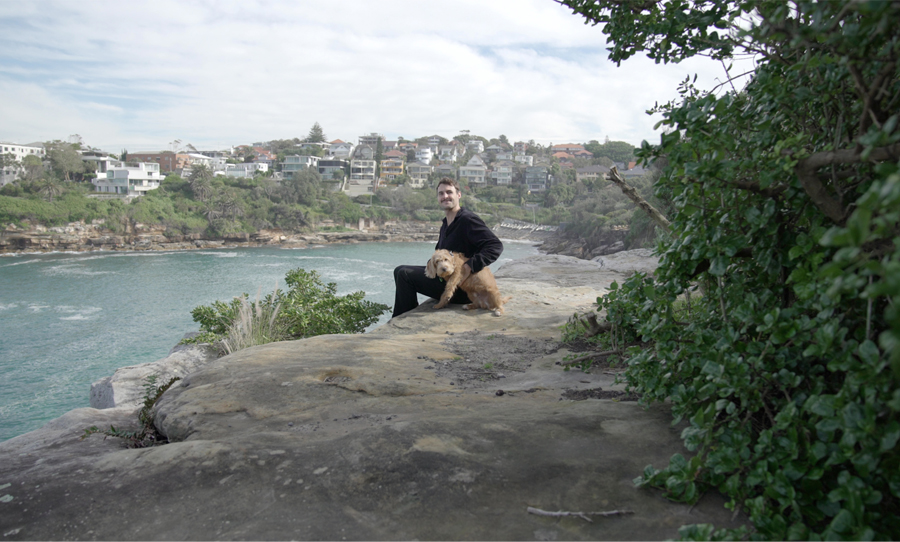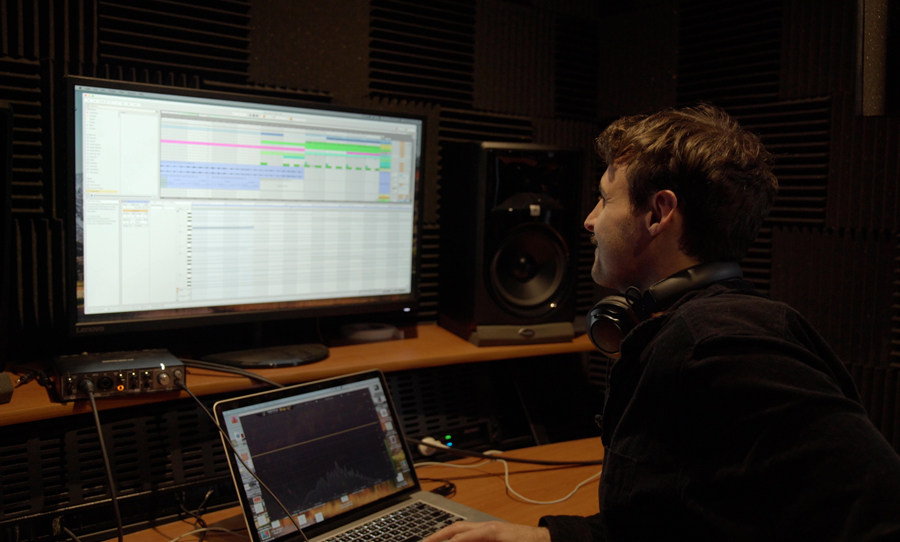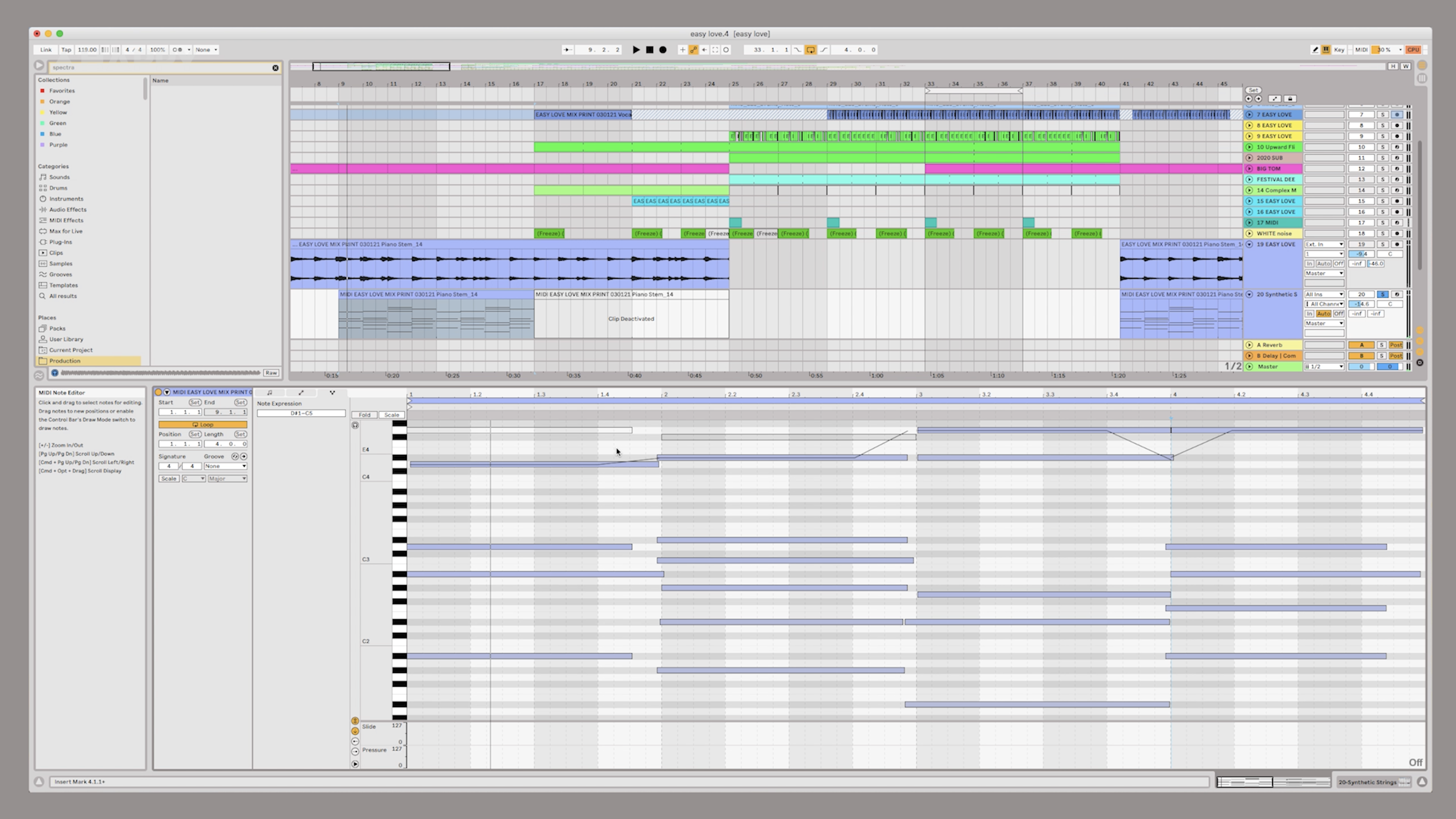HAPPY MAG PRESENTS


The UMAMI compilation is a collection of remixes by contemporary Australian artists and producers. Each artist has chosen a song well outside of their established style to tackle; a process designed to push themselves out of their comfort zone, taking the song to places that are entirely unexpected.
For the compilation’s second remix, Sydney tech house producer Go Freek took on a task he’s never taken on before: remixing surf rock. The track in question was Easy Love from Pacific Avenue, a four-piece based on New South Wales’ southern coast. Go Freek’s take is wildly innovative, picking Easy Love out of its home on sunny Gerringong beach and spitting it into a thumping club dance floor.

“I’ve never really remixed surfy rock before, most of the stuff I get a chance to remix is already dance music. The track’s called Easy Love – when I first heard it, I fell in love with it too. It’s a bit of an anthem.”
Go Freek shot to the top rung of the Australian club ladder with Define, a track he released alongside Dom Dolla in 2015. That track has since been streamed over 40 million times, and in the years since he’s remixed tracks by deadmau5, Choomba, What So Not, and many others alongside a string of successful solo hits.
Pacific Avenue are a band Go Freek met on tour, crossing paths on the local circuit. With their newest single Easy Love doing the rounds amongst triple j’s most played tracks, it was the perfect storm for an UMAMI remix to occur.
Whipping the stems into Ableton Live 11, Go Freek took Easy Love for a ride the boys from Pacific Avenue could never have expected.
“I love the fact that I can make music on my laptop, wherever I am in the world”, Go Freek shared when Happy Mag checked in to document his remix. “I find myself getting anxious if I haven’t been creative – it just fills my soul. Everything could be burning around me, but if I sit there and write something I’m stoked with, I’m the happiest person in the world.”
“Being on a laptop with Ableton, I can do that anytime.”

“Subconsciously I think I’ll end up remixing it to a place where I’ll probably want to place it in my sets, so it’ll be clubby, punchy… probably a bit weird, to be honest.”
Go Freek’s remix of Easy Love is exactly what the doctor ordered, a club-ready take on what was already a stellar track. Given he’s in the middle of an Australian tour supporting his new single Be My Luv (available here), we have hunch you’ll hear Easy Love on the road nice and soon.
Listen to the Go Freek remix of Easy Love below, and stay tuned as Happy Mag reveals the final track from the UMAMI remix compilation in the coming weeks.
UMAMI is very much a producer’s compilation; it’s about making distinct creative choices that define a remix as your own, no matter where it came from. With that in mind, Happy Mag has asked each UMAMI artist to give us a technical walkthrough of their remix.
With every upgrade to your DAW of choice comes a honeymoon period where you’ll take great pleasure in tweaking the shiny new features. Given his recent upgrade to Ableton Live 11, that’s exactly the thread Go Freek followed with his UMAMI remix.

First up for Caleb was MIDI Molyphonic Expression – colloquially referred to as MPE. This is a somewhat recent development that adds a layer of complexity to standard MIDI protocols, transmitting an individual stream of data per note, allowing you to modulate individual notes with pitch bends, pressure, and more.
Where you could previously use a MPE-compatible controller with Ableton, such as the ROLI Seaboard, it would only register traditional MIDI signals. A newly added Expression View in Live 11 adds MPE to the DAW – without the need for a specific controller, no less.
For his remix of Easy Love, Go Freek wanted to add a little more expression to the chord progression, and MPE was the answer. After converting Pacific Avenue’s progression to MIDI and assigning the notes to a soft synth, he added a glide to the top notes without pitch bending the whole chord.
“It makes a general chord progression sound so much more unique by doing this. You can even curve the notes as well – which is something I’ve always wanted to do. You’ll probably hear that a lot in my music now.”
The result is a sound that was previously unachievable by playing on a conventional keyboard or MIDI controller – without recording multiple takes, that is. The beds remain intact, but a smooth, floaty note now sits pretty at the top of each chord.
A new delay added in Live 11, Spectral Time “transforms sound into partials and feeds them into a frequency-based delay”, resulting in a very digital, robotic tail. In his remix of Easy Love, Caleb used this to “bring his percussion to life”, and also create a sense of build-up in a repeated vocal hook.
First, he took us through how Spectral Time shifted a simple tom sample into a more unique rhythmic element of his remix.
“I originally dropped in a preset and was blown away how it shifted and changed the pitch. I haven’t used anything like it before.”
A more obvious representation of the device in the final mix is as a build-up tool on the repeated line: “and it’s easy love”. By adding a sweep in the ‘Shift’ parameter via automation, Caleb gave the hook a rising digital tail, generating some much-needed energy before his drop.
“It’s getting nice and wild which is exactly what I needed for this section, because I cut the vocal to have a little more breathing room. That’s exactly what I was hoping for with the arrangement.

Another quality-of-life compositional tool added recently to Ableton is the ability to highlight scales in your MIDI clip view. Users with less of a background in music theory will find this most useful, as it can take years before your scales are truly committed to memory.
Go Freek was writing in A# minor, which you can see highlighted below. In the first image, he has collapsed the scale meaning you “basically don’t have your out-of-key notes anymore”, and in the second he’s using a conventional clip view, albeit with his scale highlighted in green.
The clip in question is the remix’s bassline. Using the scale view Caleb was able to easily drop in alternative notes and see how they sound, without having his scale open in another window – or whiteboard-markered onto a keyboard, as some of us have been known to do in desperate times.


It’s always a treat to peek behind the curtain and into a producer’s process, and this was no exception. Transcribing the bones of an anthemic surf rock track into a beat-heavy dance floor track is no easy task, but armed with the right tools, Caleb blew it out of the park.
Check out Go Freek’s full technical walkthrough of his UMAMI remix in the video above, and listen to the track below. Also – remember to stay tuned as we release the final remix in Happy Mag’s UMAMI compilation in the coming weeks.